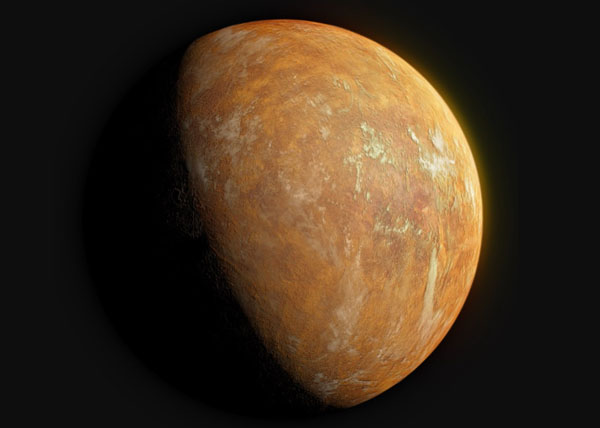Sitting about 6 light-years away from our sun, the red dwarf named Barnard’s star is the nearest solitary star to our solar system and the fastest-moving star in our night sky. It’s also really wobbly.
Chalk up the wobbles to old age if you like: The star may have been born some 10 billion years ago — making it more than twice the age of our sun — and it has only 16 percent of the sun’s mass. But astronomers prefer a different explanation. A new paper published today (Nov. 14) in the journal Nature combines 20 years of research to conclude “with 99 percent confidence” that Barnard’s star is being tugged about its orbit by a nearby exoplanet — a world that’s roughly three times the size of Earth and loaded with ice.
Astronomers caught wind of this possible super-Earth (that is, an exoplanet that has a mass greater than Earth’s but less than the ice giants, Uranus and Neptune) nearly 20 years ago while taking velocity measurements of Barnard’s star. The scientists saw that, every 230 days or so, Barnard’s star seemed to wobble its way closer to our solar system before slowly retreating again. The presence of a large planet, which could exert its own gravitational influence on Barnard’s star as it orbits around its host, was a possible explanation. Still, more data was needed to say for certain.
By Brandon Specktor – Full Story at Live Science



